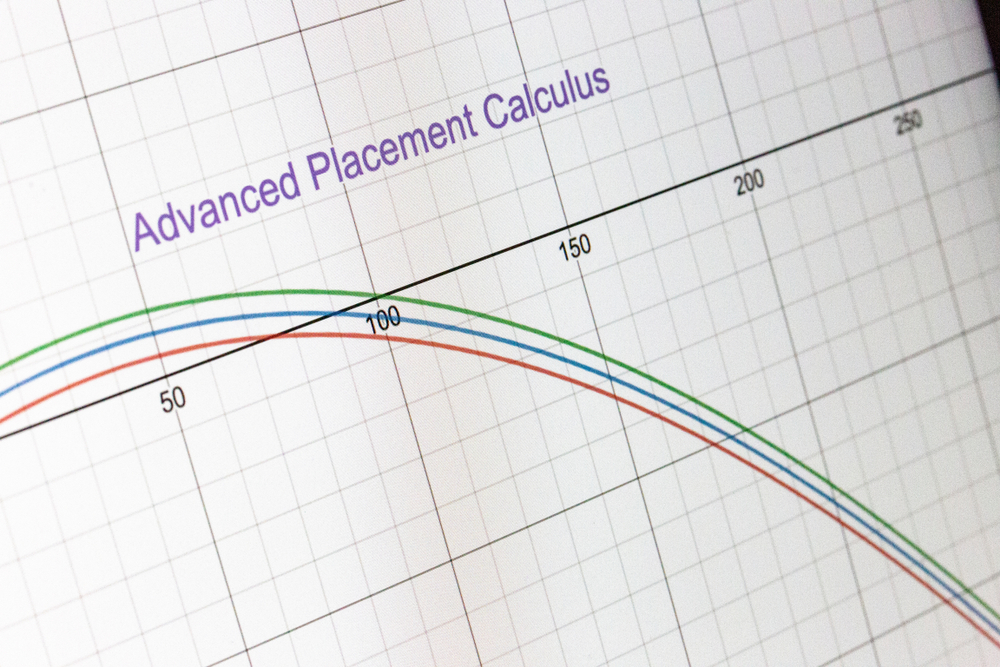How To Prepare For SAT
Tips and Advice
University Life
7 mins read
Share

Updated at: 25 November, 2025
Published at: 17 October, 2021
By Hadeel Hossam
How To Prepare For SAT
Tips and Advice
University Life
7 mins read

Updated at: 25 November, 2025
Published at: 17 October, 2021
By Hadeel Hossam
Share
As you probably have seen in all the American college movies, studying in the USA is one of the greatest experiences someone can have. Even though life in an American university is not quite like Hollywood movies, it’s still a worthwhile adventure. If you’re considering the USA as your study destination, your research probably told you that there are a few tests you need to pass before you can apply to a U.S university such as SAT and ACT. The SATs are unique in their format and therefore in the way you study for them. We're here to tell you all about how to prepare for the SAT!
1. Do Your Research
Before you start thinking about how to prepare for SAT, you need to first research it thoroughly to know what you’re up against. The SATs have their ins and outs that you need to get acquainted with to prep the right way. Research the exam’s pattern, question types, and syllabus. You will benefit a lot from familiarity with the overall structure and format of the exam in the way you prepare for it.
2. Give Equal Attention To Each Section
There are three main sections on the SAT with an optional one and they are Reading, Writing and Languages, Math, and the optional essay. You must put equal effort into each of these sections to score equally well in all of them and get the overall score you’re hoping for. Here’s what you can do to prep for each section thoroughly:
Reading
The reading section of the SAT contains 52 questions that are completed in 65 minutes. There will be five passages that you’ll need to read with extreme focus. The passages vary between classic works of literature, a founding US document, one about social science, and one about science. So how to prepare for SAT reading? That’s easy, this section doesn’t need any prior knowledge to be studied beforehand, it only needs lots of reading and practise tests to enhance your skills.
The common questions you’ll need to practice on in this section are main idea questions, meaning you need to be able to understand the theme or summary of the passage. There are also evidence-based questions as well as vocabulary-related questions like synonyms, clarity, and diction.
Writing & Languages
The writing and languages section consists of 44 questions that you’re required to answer in 35 minutes. The section is designed to test certain language skills such as words in context, command of evidence, improving the passage, English conventions and grammar, and expression of ideas.
Many students think the best way to prepare for the test is by writing a lot as they would prep for the reading section. However, the section will require more editing skills than ones concerned with writing, especially catching grammar mistakes. Passages on the test can include a historical text, a nonfictional story, and a scientific passage.
The best way to sharpen your skills for this section is to review punctuation rules as well as grammar rules. Some of the things you should focus on are the rules for possessive apostrophes and the letter “s”, the “who vs whom”, and restrictive and nonrestrictive phrases. A hack you can follow in this section is answering questions as you read the passage as opposed to wasting time on reading it fully first. Just read a few sentences first for the command of evidence and context questions and they can give you hints to the answer. Don’t worry if you don’t quite understand the passage since you won’t be asked about the theme or main idea.

Math
For the math section, there are 58 questions that you’re required to answer in 80 minutes. It consists of two sections where the first allows the use of a calculator and the second doesn’t. Most of the test’s format is multiple-choice, but there will be some open-end questions you’ll answer in the calculator section. Don’t waste your prep time in memorizing formulas, the test will have a reference chart. The math areas covered in the test are Algebra, data analysis, advanced math, geometry, and trigonometry.
When it comes to word problems, practice extracting the key information from the question since there will sometimes be unnecessary questions to confuse you. These problems along with the data analysis question mainly aim to assess your understanding of ratios, data sets, and proportions. As for algebra questions, practice charting graphs, analyzing equations, and defining variables. Go through your algebra book and answer as many questions as possible or turn to online algebra quizzes to try your hand at something new. Finally, geometry and trigonometry also need some practice in using trigonometry ratios (SOH CAH TOA), angle charting, calculating angles, finding areas, and trigonometry formulas.
Essay
After 2016, the essay section of the SAT, which takes 50 minutes, became an optional one, yet it can still be required by certain colleges. If that’s the case or you choose to take it anyway, you need to pick a clear argument and back it with evidence to support it. Having a main claim in the essay is the main thing the SAT cares about in this section, and lucky for you, the main idea is already provided on the test, all you have to do is draft a cohesive response, showcasing your language skills. Reading and writing a lot will help you practice for this section and don’t forget to avoid using first-person pronouns.
3. Pinpoint Your Strengths & Weaknesses
The best thing you can do to fully prepare for the SAT is to identify your strengths and weaknesses in the test. This can only be done with a lot of practice so you can tell which sections or parts you struggle with the most and which you perform well on. You can go back to the type of questions or the sections you struggle the most with and identify the patterns that make you miss the right answer. You can use the SAT guidelines to calculate your subscores in different areas so you can identify strengths and weaknesses and adjust your study plan accordingly.

4. Craft A Study Schedule & Follow It
Speaking of a study plan, this is something that you absolutely need to have set and in motion, not just hanging on your wall. Your schedule will depend on how much time to prepare for SAT is left. Determine the number of hours you’re willing to spend per day or week studying and measure it with the time left for the test. For example, if you need 50 hours of studying and the test is 10 weeks away, you need to study 5 hours per week. It would be wise, however, to leave some extra time in case anything comes up that hinders your schedule or you need extra time to focus on a certain aspect.
That’s why the schedule you set should take into account your strong and weak points. Just try to stay consistent with the schedule you set and the effort you put into studying.
5. Look For The Best Study Resources
There is an abundance of SAT resources available out there for you to study and benefit from, and it’s important you put in the effort to find them. You can start with your high school where there will definitely be some resources for SAT prep and they will be totally free! Some schools even offer SAT tutoring for a fee that is much less than a private tutoring academy.
Another option you can look into is free or cheap online resources, which never run short. Some of the most popular platforms offering online SAT prep are Khan Academy, Magoosh, Kaplan, and The Princeton Review. Books to prepare for sat are not that expensive and can help you delve deep into the exam’s aspects. If you feel having resources isn’t enough, consider hiring a private tutor specialised in SAT prep to help you.
6. Never Stop Practicing
Study and prep time is one thing, and putting aside time to take a full-length practice test is another. Many students think it’s enough to practice each section of the exam separately, but while that is also helpful, you still need to get into the full SAT mode and get a feel of what it’s to take the whole exam in one sitting. It’ll help you measure how much time you need to finish each section and if it’s not suitable, you’d know how to work faster for that specific area.
Many schools require students to take the PSAT exam and you can use its scores to make up your study plan for the actual thing. If your school doesn’t have that option, consider taking online practice tests with the same guidelines as the real-life test. Not only will it give you a sense of timing and how you can adjust it, but it will also give you test-taking confidence and remove the SAT jitters.

7. Don’t Cram
Just don’t, it’s the worst thing you can do! There’s a lot to cover when it comes to figuring out how to prepare for the SAT than the actual studying time! That’s why we recommend starting SAT prep at least 6 months in advance. It would be just enough to dedicate some time on a weekly basis then an hour or two for practise tests right before the test.
Cramming all the information involved with all these sections will mean having to retain more information than your brain could possibly handle which in turn means eventually forgetting essential information. You want to have enough time to create a plan and prep, study, review, and practice so that you can go into the test confident and relaxed.
Now that you know the right way to prepare for the SAT, it’s time to get to work and draft a study plan and figure out when to prepare for the SAT before the next test date! On the actual test day, don’t forget to get enough sleep, eat a healthy yet light breakfast, and get to the test location early enough. Take a deep breath and remember that you did your absolute best to prepare for the exam. Remember to read the test directions and guidelines for each section and question carefully and leave sometime in the end to quickly review your answers. Once you pass your SAT test, you can check out How to Apply to a University in the USA?
Tips and Advice
University Life
By Hadeel Hossam
Share
Tips and Advice
University Life
Updated at:
Published at:
By Hadeel Hossam
Share


